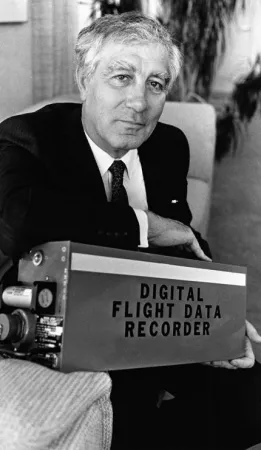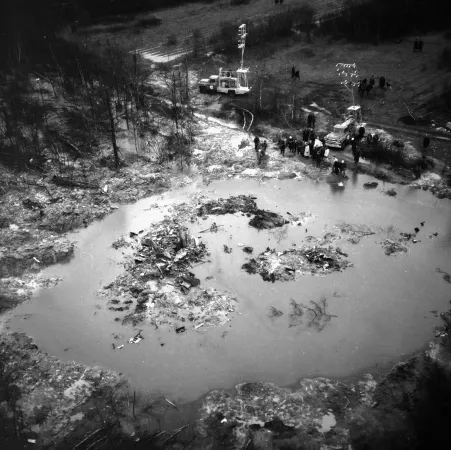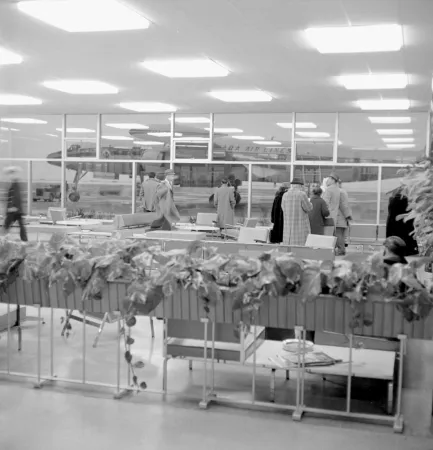Pierre Jeanniot and the Black Box
This article was originally written and submitted as part of a Canada 150 Project, the Innovation Storybook, to crowdsource stories of Canadian innovation with partners across Canada. The content has since been migrated to Ingenium’s Channel, a digital hub featuring curated content related to science, technology and innovation.
On November 29, 1963, a Trans-Canada Air Lines flight (today’s Air Canada) crashed four minutes after take-off about 32 km north of Montréal, near Ste-Thérèse-de-Blainville, claiming the lives of 118 people on board. After an extensive investigation and airline technicians’ best efforts, the cause of the crash could not be determined. In early 1964, Trans-Canada Air Lines maintenance division chief (and future president and CEOof the company) Pierre Jeanniot was asked to install a device developed by a British engineer that would record approximately 90 flight parameters and improve the maintenance process for individual aircrafts. However, Jeanniot determined that the technology would be incredibly expensive and wouldn’t add a great deal of value to the efficiency of aircraft maintenance. Nevertheless, it occurred to him that if this recording device was adapted and adequately protected to withstand the shock of a crash, it could provide valuable data to determine the causes of aircraft accidents. And thus, the “black box” was born!
In the aviation community, the black box is commonly referred to as the “flight data recorder” (FDR), and ironically the box is not black, but orange, in order to increase visibility. Eventually, all airlines adopted the FDRon all of their aircrafts. The importance and usefulness of the FDR has been proven on numerous occasions and has allowed aircraft designers, engineers and technicians to make necessary corrections in order to avoid future accidents.











![A block of photographs showing some of the people involved in the bombing of beluga whales in the estuary and gulf of the St. Lawrence River. Anon., “La chasse aux marsouins [sic]. » Le Devoir, 15 August 1929, 6.](/sites/default/files/styles/thumbnail_7/public/2024-09/Le%20Devoir%2015%20aout%201929%20page%206.jpg?h=584f1d27&itok=TppdLItg)






